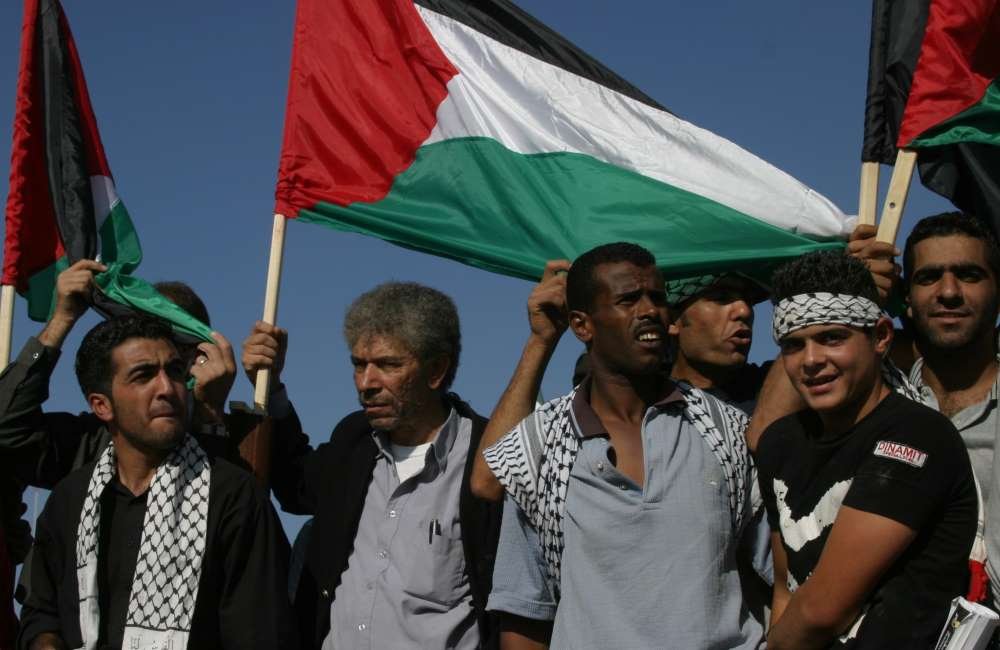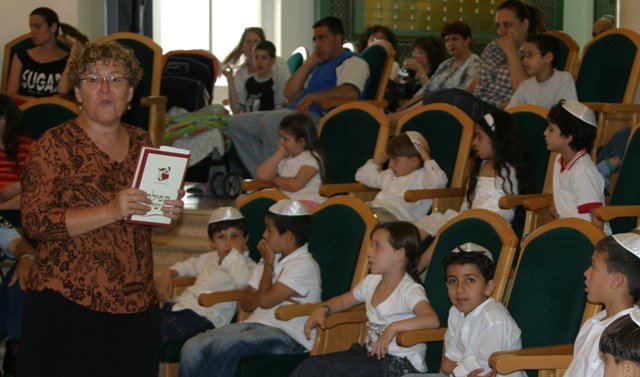Share This Story, Choose Your Platform!
“The new Berlin Wall”: this is what the latest major building project of the Israeli government is labelled by those who denounce its inhumanity, fearing a “ghetto-fication” of the Palestinian population and a growing hatred on the part of those confined. The supporters of the wall, on the other hand, have in mind not only the influx of ten thousands of illegal Palestinian labourers into Israel, but also point out the necessity of protection against inhumane terror. Roughly following the “green line” – the ceasefire borders of 1949 – the boundary fence, 365 kilometers long, is designed to separate Palestinians and Israelis from each other.
In some places the fence is multi-layered, with a road and ploughed boundary strip, designed to detect border crossings. In other places it is a concrete wall, reaching as high as 8 metres. In some areas the barrier includes a deep ditch, which also makes it impossible for 4-wheel-drive vehicles to cross. At other sections an electronic, so-called “smart fence”, is there to detect intruders.
The herculean proportions of the undertaking become clear when one realizes that in Kalkilya alone, along the new trans-Israel-motorway, 15 millions tons of earth have been removed and replaced by concrete and gravel, in order to make way for a few hundred metres of wall and the 30-metre-wide control strip on both sides which belongs to it. 300,000 square metres of fence and 1,500 kilometres of barbed wire are to be used for its construction. The cost of the barrier, the construction of which Israel’s Prime Minister Sharon had authorized at the beginning of June 2002, has been estimated at 100 million US dollars.
One major problem facing the Military is that of sabotage by Palestinians. “Sometimes we lay out 100 metres of fence”, reports one officer, “and they destroy or steal 50 metres of it. Everything which is not firmly pinned or nailed down gets stolen.” Several construction workers have already been shot from an ambush.
Representatives of the Palestinian side complain to the Bush administration that the fence encloses settlements, thereby “de facto” making them part of Israel. One of these 13 settlements is, for example, the town of Ariel in the centre of Samaria. The Palestinians see the undertaking as part of the “ongoing land theft” on the part of the Jewish State of Israel.
Israeli opponents of the fence, first and foremost the Israeli Peace Movement “Shalom Achshav”, have no basic objections to a fence separating Israel from its Palestinian neighbours. Their criticism is directed at the inclusion of Jewish settlements in the plan. They point to the much higher costs incurred by the inclusion of the settlements and the consequent extension the border. The extravagant investment of the Israeli army in the security of the settlers has for a long time been a thorn in their side.
US diplomats fear that new realities will effectually and prematurely anticipate the status of final negotiations, and that the actual Israel-Palestinian negotiations themselves, and above all, the more than fragile ceasefire, could be endangered. And yet Ariel Sharon had proved less than receptive towards the wishes of Washington. That is why US Foreign Minister Colin Powell threatened to begin considering a cut-back of American loan garantuees. After a tug-of-war lasting several days, we are now hearing from government circles in Jerusalem that the building of the fence is being suspended at the controversial locations until an agreement with the US government has been reached.
While some are observing and criticizing the way in which areas of land and settlements are being one-sidedly included into Israel by the fence, others – particularly those from the right-wing political spectrum in Israel – observe and criticize the exclusion of certain areas and settlements through the fence. Interestingly enough, in this one instance the opponents of Israeli settlement policy are of one mind with those who favour the unrestricted Jewish settlement of Judea, Samaria and the Gaza strip. Their joint complaint to the address of the national right-wing government is: “you are defining the border of a future Palestinian state.” Both sides reproach Sharon for prematurely and arbitrarily fixing in concrete the dividing line between Israelis and Palestinians.
Israeli government representatives vehemently refute this allegation. The fence is not a political boundary, but simply one of many measures which are needed to protect the Israeli population from Palestinian terror. Terrorism, according to the chorus of voices echoing from Jerusalem, is not negotiable and will be combatted at all times with all possible means. Furthermore, as long as the future of the Jewish communities in Judea, Samaria and the Gaza strip are not clear, these Jewish settlements in the disputed areas have as much right to security as Jewish communities in the areas which belonged to the State of Israel already before 1967.
Raanan Gissin defines the fence as being the direct reaction of Israel to the failure of the Palestinian side to combat the terror organisations. “If they do nothing,” comments Sharon’s distinguished spokesman, “we have no alternative but to defend ourselves against suicide killers”. Speaking to American government representatives, Israel’s Minister of Finance Benjamin Netanjahu pointed out that “250 suicide bombers came from the West Bank, but not a single one from the Gaza strip.” The Gaza strip has been surrounded by a fence for years.
The fact that the barrier cannot offer absolute security has been proved by several terror attacks which were carried out in the past months from across the fence, and poured oil into the furnace of the Israeli opponents to the fence. At the same time, it is clear to the military that “any fence is only as effective as the supervision under which it stands.”
The UNO development program UNDP has just launched an 18-million-dollar campaign “to meet the needs of Palestinian communities which are adversely affected by the Israeli wall of division.” This is the response of the United Nations to the complaint of the Palestinian Minister for communal affairs, Jamal Shubaki, who stated that “the wall cordons off many towns and villages, particularly in the region around Kalkilya and Tulkarm. Thousands of hectars of the best farm land are being confiscated, basic social and health services are being disrupted, and the survival of a future Palestinian State is being put at risk.”
In the past Israel has, as a rule, welcomed and supported the humanitarian efforts of the UN. This time, however, the Jewish State criticizes the complete absence of any mention of the distress caused in Israel by Palestinian terror. Ariel Milo, spokesman of UNO’s Israel delegation, calls this “yet another example of how the United Nations willingly offer their services to the Palestinian propoganda machine.”
When asked whether the UNDP were considering aid for Israeli terrorist victims, UNDP special envoy Tim Rothermel replied that the UNO was maintaining a neutral stance in this conflict, adding that “our job is to help the Palestinians, not to guarantee the security of the Israelis.”
By the way, talking about fences… The security barrier between Israel and the Palestinian Automony area isn’t the only quarrel in which, because of a fence, nobody can “sit on the fence”. In the Negev the camels which wander around freely have become a real security problem. Several people have already lost their lives in accidents caused by camels straying onto the road. For this reason the taxi drivers from the desert town Dimona are demanding a security fence along the road.
Translation by Nicola Vollkommer






















